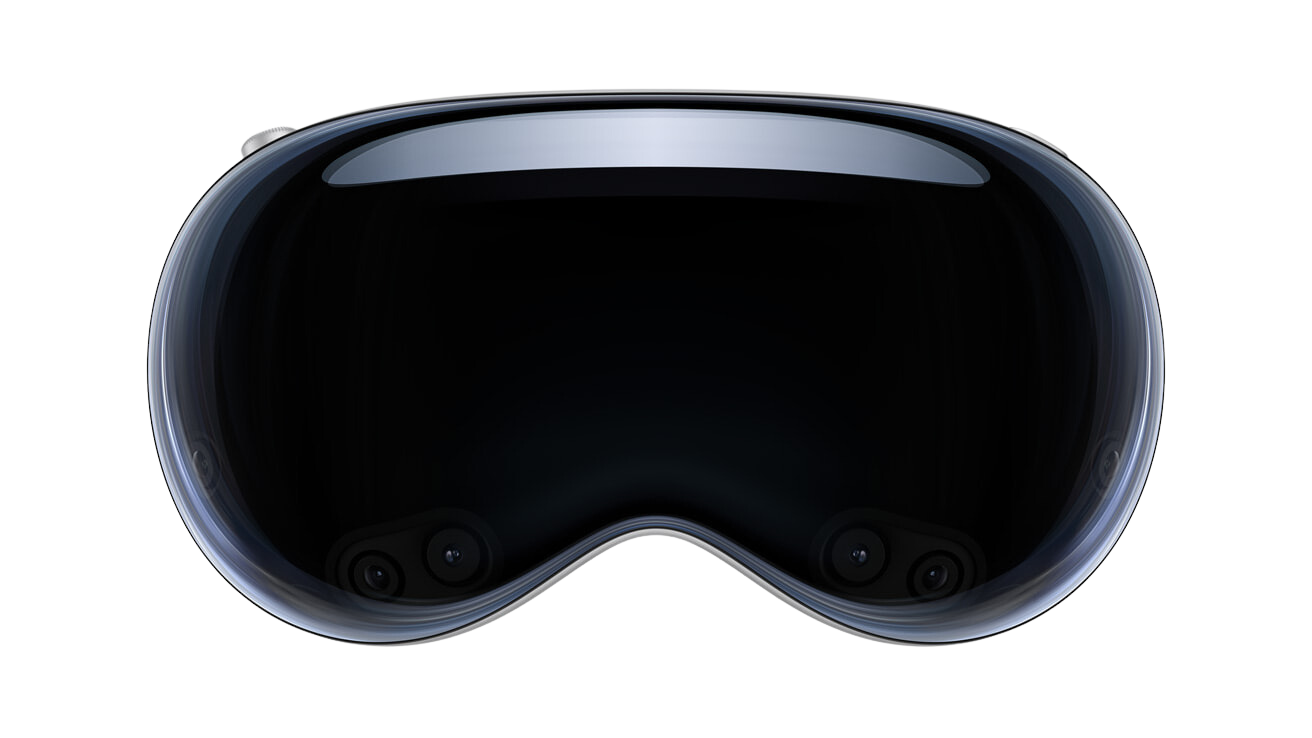Two weeks ago, Apple unveiled their first "spatial computer", which is a virtual and mixed reality headset. Or is it?
Apple has a long history of branding products and technologies under their own names: either to complicate direct comparison with competitors, or for abstracting end user from details and specifics, allowing themselves to replace backbones and tech, keeping name unchanged. With that said, I'm sure: they did it again for both.
Despite a number of weird promotional flaws (like the one, where father, wearing Vision Pro, smiles creepily in front of children who celebrate birthday), Apple has shown their focus on bringing VR headset from geeky gamers or whatever to wide public audience: same thing they did with all their successful revolutionary products. Thus, expensive curved laminated front display, combined with extensive data processing from inner cameras, will be able to represent what you look like inside the headset. Or so they say, at least.
We know from rumours, that this product has controversial views on it's production readiness even within Apple, but Tim Cook had had his final word. As many have noticed, with Apple's CEO not even trying to pretend he would actually use Vision Pro, or, at least, live demos on stage, the announce was unusual. This lead to speculations on company's master plan to "prepare the world to live in virtual reality without live action", and so on.
In my opinion, what matters the most is how we already are deep in our screens: phones, tablets, watches. What fifteen years ago was considered as cyberpunk and bad for society, now seems to come in balance, adapted to people's lives. At this point, we need technology that would bring our immersion on next level, removing burden of explicit human-computer communication, allowing people to have more natural interface with computers.
Honestly, in this field I have great hopes for Neuralink, but Apple always has had right approach to computer interfaces. Single fact that they went for no-controllers scheme says a lot about what Vision Pro is, and what it isn't.
And that is what it all about: new way to communicate with computers, and from this point Apple's naming is way more useful, than any "reality"-naming: we all have the same reality (well, this is quite philosophical question, though), we don't need another one! No separate "metaverse", no meetings in separate "realities" — bring me my friend here, to me, right now. Or bring us both to a soccer match, concert, gallery...
Sure, there would be a number of deep experiences, but I doubt it would ever become the core. Apple has all money in the world to power development and refine all details to the moment, when industry will have next-gen batteries, even cooler and more powerful chips, well-established production lines for extra-high PPI screens, wider connection channels and more. This might sound too optimistic, but looking back at those little pieces, such as "spatial audio" in HomePod and AirPods, LIDARs in iPhone, neural cores in SoCs, I hope, that this is the case.
Same applies to price, raw specs, "Pro" suffix and positioning: while $3500 is a bunch of money, what you get even in terms of raw force is amazing, leave alone hardware setup, which can be replaced by it: just like Jobs was selling first iPhone, comparing it to three devices. The "Pro" status hints that Apple is willing to make cheaper, adapted product, which would sell in bigger volume; but, as always, all great things have to come to flagships first: you can't hack production economics. Reach pros will pay extra money until, eventually, tech become cheaper in production, all RnD expenses got paid, and popularity grows.
Is it?
Today it is a VR headset. Tomorrow it could be an AR headset. Day after we will have different lineups with and without ability to "go deep" away from surroundings, and all these devices would fall into one category of "spatial computing", which Apple now uses, like before, to abstract away from hardware details, because what matters is user experience, interaction with hardware, how real human will get his tasks done.
Modern smartphones, tablets, computers and their software are amazing, it went through a lot to the better. I hope I could see where spatial computing will lead us to, when it become mature enough, both in hardware and software.

